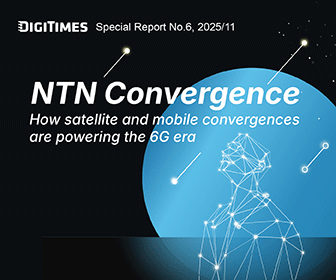In the relentless surge of AI, spearheaded by the ascent of Large Language Models (LLMs), a transformative wave is sweeping through industries, igniting fresh prospects, particularly for server providers and cooling specialists. Yet, it's the communication sector that stands poised for profound disruption. Industry insiders assert that AI's integration into telecommunications is not just inevitable but already underway, with major international players fortifying their infrastructural groundwork in anticipation of its widespread application.
Within the communication realm, AI emerges as a dynamic amalgamation, orchestrating operations from the celestial expanse of the cloud down to the terrestrial terminals. This intricate web encompasses telecom titans, server behemoths, and telecom equipment stalwarts such as NTT DOCOMO, Telefonica, China Telecom, Nokia, Ericsson, and Huawei. Indeed, the battleground shifts to the realm of device-side AI, where industry giants fiercely compete, pouring resources into technological advancements.
For communication service providers – the backbone of this evolving landscape – the imperative to embrace AI amidst the ferment of infrastructural transformation is paramount. South Korea's SK Telecom, for instance, has embarked on a journey to harness the power of LLMs, aiming not just to augment operational efficiency and bolster performance but to achieve optimal cost-efficiency by streamlining models and ramping up inference speeds.
Similarly, KT Corporation recognizes the need to break free from the shackles of conventional telecom paradigms. Hence, its strategic metamorphosis into an AICT entity signals a bold move towards integrating AI fundamentals into its offerings, providing customers with access to third-party LLMs and lightweight models.
Meanwhile, in the realm of equipment vendors, Nokia emerges as a pivotal player. Armed with AI tools forged from the crucible of large language models, Nokia empowers its clientele with enhanced network configuration, monitoring, and management capabilities, thus aligning with the industry's inexorable march toward sustainability and network optimization.
Not to be outdone, Huawei has harnessed the potential of its proprietary PanGu AI model, transcending industries from e-commerce to finance and education. Its multifaceted applications encompass the creation of immersive employee training videos, instructional content, live streaming experiences, and the integration of virtual avatars and language models into customer service interfaces.
The trajectory of the communication industry over the next three years is discernible, largely elucidated at the annual Mobile World Congress (MWC), where AI takes center stage. Telecommunication firms, embarking on transformative journeys, are poised to leverage generative AI as a linchpin of their strategic vision, seamlessly integrating AI into their existing enterprise customer ecosystems.
Moreover, at MWC 2024, a consortium of global telecom operators has coalesced, driven by a shared ambition to pioneer LLMs tailored for telecommunications, thereby amplifying industry efficiency. From enhancing operational efficacy to heralding a new era of business possibilities, AI emerges as the harbinger of transformation in the venerable corridors of the communication sector.




